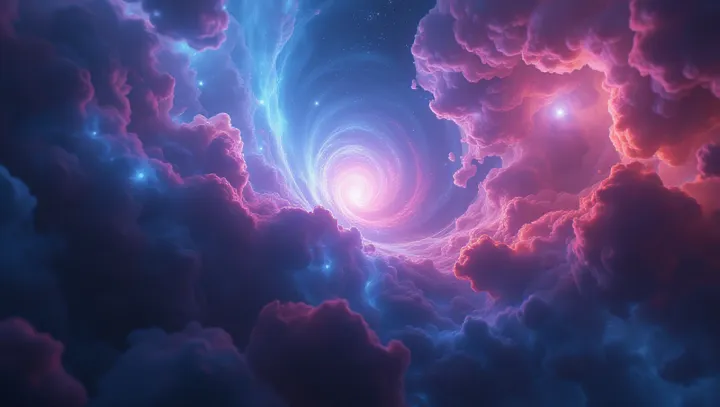Celestial Wonders: Unveiling Nebulae

In the vast expanse of the universe, nebulae stand out as captivating cosmic structures. Predominantly composed of hydrogen gas and plasma, these majestic formations are not merely celestial clouds; they are the cradles of star formation. Astronomers have long been fascinated by nebulae, observing them through advanced telescopes to uncover the mysteries they hold.
Located in various celestial corners, nebulae play a pivotal role in the cosmic lifecycle. Their dense regions, enriched with gas and dust, create ideal conditions for new stars to ignite and evolve. This stellar birth process sustains the dynamic equilibrium of the universe, ensuring a continual renewal of celestial bodies.
Prominent scientists emphasize nebulae's significance in understanding stellar evolution. Dr. Eleanor Freeman, a leading astrophysicist, notes, 'Nebulae are essential to our comprehension of the cosmos.
They allow us to study the initial stages of star formation and gain insights into the universe's intricate workings.' In recent studies, nebulae have also been linked to the broader cosmic phenomena, shedding light on the interstellar medium's composition and behavior. These findings are crucial for advancing our knowledge of how galaxies, like our own Milky Way, evolve over billions of years. As astronomers continue to explore these celestial wonders, nebulae remain at the forefront of cosmic research.
Their boundless beauty and complexity invite both scientific inquiry and awe, reinforcing the eternal human quest to understand the universe we inhabit.
